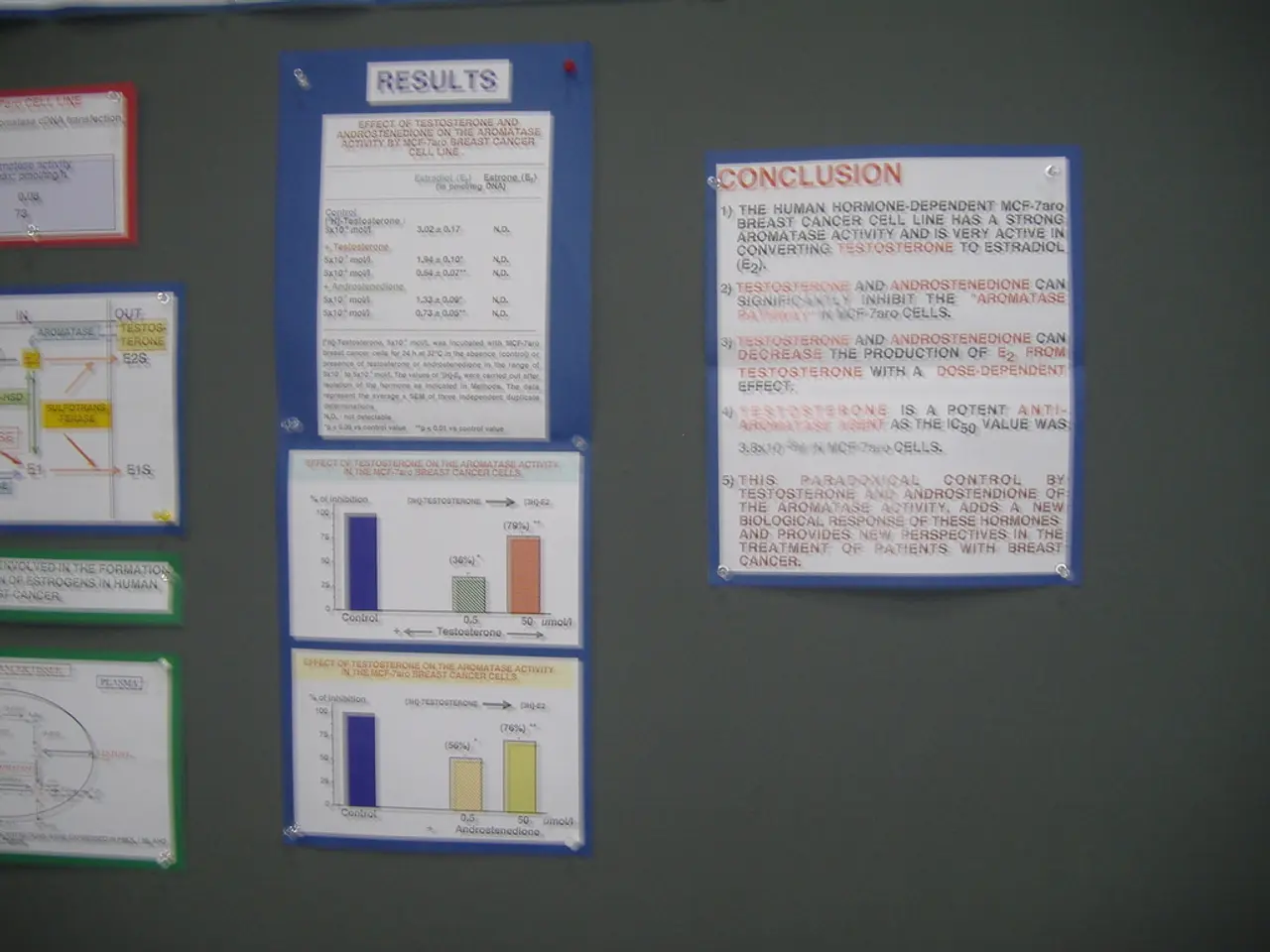Trade tension easement as US and China temporarily halt tariff increases; however, the US asserts President Trump holds the ultimate power over any decisions regarding the tariffs.
The U.S. and China are engaged in talks aimed at extending the current 90-day tariff truce, which is set to expire on August 12, 2025. The latest update comes after the conclusion of talks in Stockholm on July 29, 2025, which ended without a formal agreement but with a mutual intention to work towards an extension.
The tariff truce was initially established in May 2025, following negotiations in Geneva. This significant agreement saw the U.S. reduce its tariffs on Chinese goods from about 145% to 5%, while China lowered its counter-tariffs from 125% to 10%. However, despite these concessions, significant disagreements remain unresolved.
Treasury Secretary Scott Bessent indicated that the Chinese side "jumped the gun" by prematurely announcing the truce continuation, emphasizing the need for ongoing discussions before any official extension. Analysts comment that negotiations have not substantively changed from previous rounds, suggesting both sides might be waiting for a shift in strategy or political will.
U.S. Trade Representative Jamieson Greer stated that there will likely be another meeting between U.S. and Chinese officials in about 90 days. China's top trade negotiator, Li Chenggang, also stated that the talks could pave the way for a meeting between Trump and Chinese President Xi Jinping later in the year.
The ongoing dialogue aims to prevent the re-escalation of tariffs back to previous punitive levels, stabilizing trade relations between the two largest economies. The International Monetary Fund has raised its global growth forecast but flagged a potential rebound in tariff rates as a major risk.
In a separate development, the U.S. has recently made a trade deal with the European Union for a 15% tariff on most EU goods exports to the United States. The agreements on the flow of Chinese rare earths are becoming more refined after previous talks. China can exercise leverage with its grip on the global market for rare earths and magnets, used in various products.
Cooperation between China and the United States is expected to benefit both sides, according to a readout from China's state news agency Xinhua. China's industry minister met with a delegation of U.S. businesses in Beijing and pledged to uphold fair and open market competition and provide support and services for foreign enterprises.
The decision to extend the tariff truce lies with President Donald Trump, who is expected to make his determination after receiving a briefing from Treasury Secretary Bessent and Trade Representative Jamieson Greer, following recent negotiations in Stockholm. U.S. Treasury Secretary Scott Bessent expects to meet with Trump on Wednesday to discuss the extension.
France and Germany have denounced the deal as a "submission" and warned of "significant" damage, respectively. Despite these criticisms, both sides fully recognize the importance of maintaining a stable and sound economic and trade relationship. The ongoing talks are a testament to the complexities and stakes involved in the U.S.-China trade relationship.
- The tariff truce extension discussions, currently taking place between the U.S. and China, encompass not only finance and trade but also politics and general news.
- The health of the global economy is closely linked to the outcome of these negotiations, as the International Monetary Fund has emphasized that a potential rebound in tariff rates could be a major risk to global growth.
- The U.S. and China are keen to avoid re-escalating tariffs back to punitive levels, with China's industry minister pledging to uphold fair and open market competition in order to benefit both sides in their ongoing business relationship.




